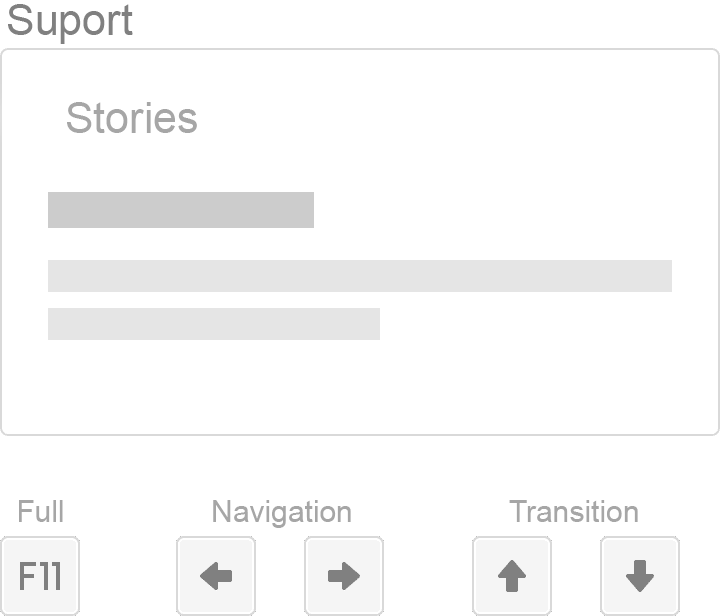Update
Coho salmon, like other salmon, go through a process known as spawning. It consists of fish laying and fertilizing eggs. or roe, in river beds. The female coho lays the eggs, then the male coho comes by and fertilizes the eggs will spare sperm. After this happens, both will die.
Jojo had swum from the ocean back to her natal waters. The word natal refers to the place where someone is born. Here, she swims back to the river bed and stream where she hatched. You might ask, "How does a fish know where to go?" It's instinctual, that is, written into the fish's DNA. They have a beacon in their brain that directs them where to go for spawning.
Cohos navigate like other migrating species in the animal kingdom. Take penguins, for example. They migrate off the Antarctic ice for a season. The next season, the penguins know their exact spot on the ice and how to get there. Geese, another migratory animal, trek the same way.
Many misunderstand why salmon go through this. It's a mystery. The same goes for why salmon swim upstream. Is not because they want to swim upstream, but because they are anadromous, which means they migrate from freshwater to saltwater and back again As a part of their nature.
As Jojo began returning home, she realized she needed a lot of energy. She consumed as much food as she found and began swimming back. Remember, she had hundreds of miles to go. Once cohos begin their journey back, they no longer eat or consume anything. They get focused on getting back to the river. No more friends around for talking, either.
That's where Jojo's marathon training kicked in. She had practiced, practiced, and practiced swimming without stopping. Her training made her very strong.
Once they arrive at the river, then they're going against the flow. The river current is fast and shallow. If you were standing in certain parts of the river, such as in Bird Creek, which is about 20 minutes south of Anchorage, Alaska, you could see the salmon running. At that point, Jojo would have been swimming low and slow.
After leaving the ocean, she stopped eating. That's what salmon do. That forced Jojo's body through physical changes. Some changes helped her conserve energy; others were for endurance swimming. When Jojo reached the Kenai, her body had consumed and burned all her scales. The body converted them into energy. Imagine that!
Jojo found her natal waters using her instinct for the exact location. Then she located a bed to lay the eggs. She lay thousands of eggs, making several deposits. After that, a male coho would show up 4 the remaining part of the spawn.
Something unique happened to Jojo after laying the eggs. She kept swimming and swimming and swimming. And just as her body had consumed her silvery scales, her body began 2 consume her skin. No one knew it happened because she had swum off alone and no one saw her. But underneath her scales was black and cavity. It looked like another layer of scales, except they weren't scales. It was a solid piece of body structure.
And as she continued to swim, that part of her body vaporized. And underneath that part of her body was a very light blue-colored powder. The powder contained crystals resembling glitter. If you were to see it, you would have thought there was a glittery fish-shaped body swimming through the water. As the sunlight reflected, they created a blinding aura. It resembled a perfect diamond under a bright light.
Within seconds the powdery blue substance blended into the water, just like it happens when you pour powder into a glass of water. The water becomes the color of the powder. Just like that, Jojo was gone.
No one knows why Jojo had such a spectacular ending. Most coho salmon, after they die, become food for the environment. Bears would eat them, other birds will scoop them up, and some will return to the riverbed and become nutrients for all aquatic life around it.
Many believe Jojo's spirit lives on In the natal waters where she hatched. If you could discover its location, you might see a silvery and bluish figure gliding through the water when the sun is bright, the wind is blowing, and the salmon run is over. You may hear a whisper in the air, saying, "I don't have to worry about doing hard things anymore. I did what I had to, even when super difficult. Now, I am happy."
Yes, the spirit of the So Slow Coho lives on.
